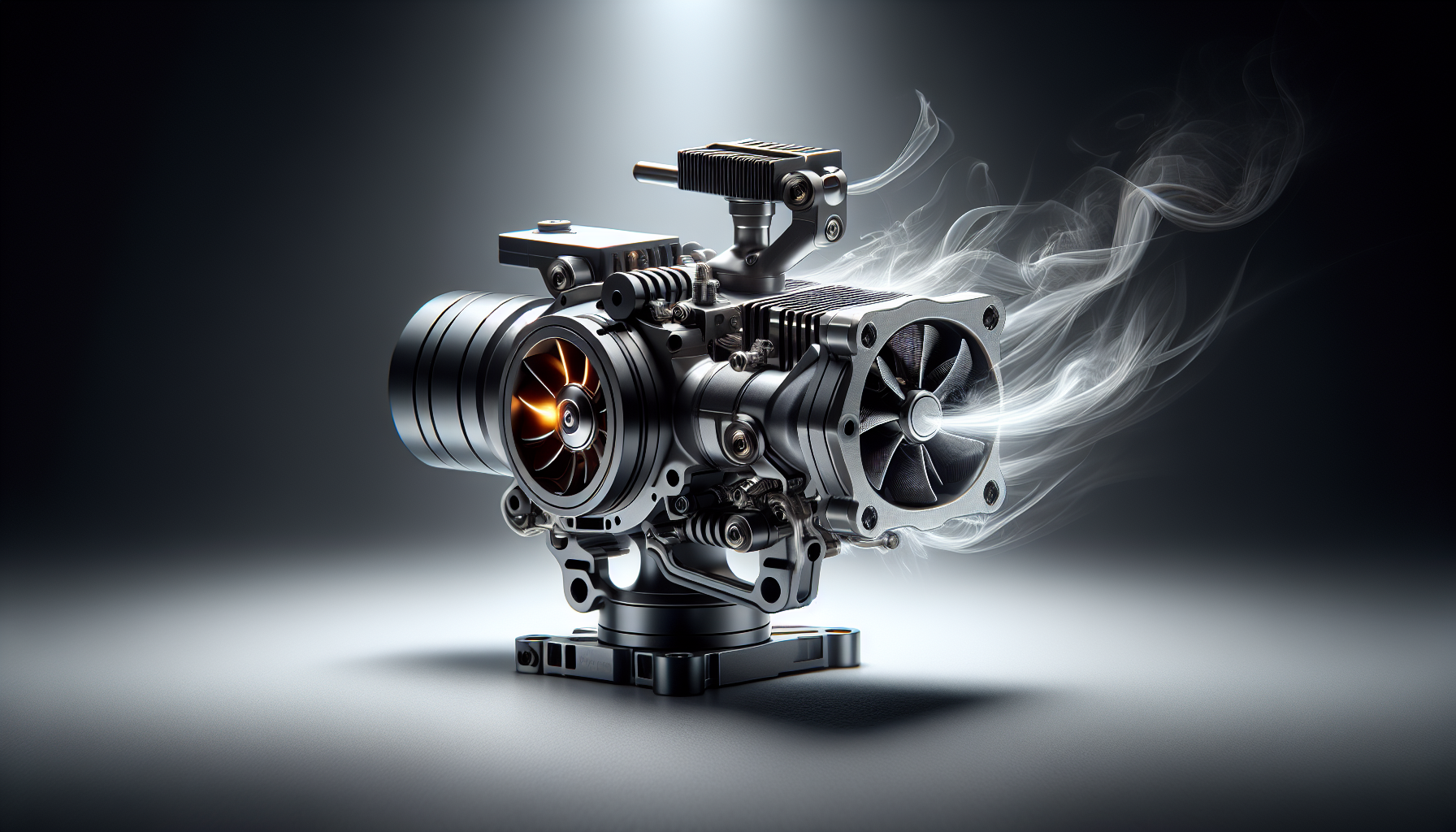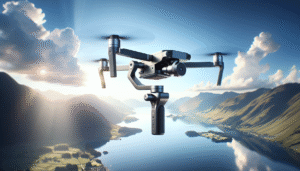Have you ever found your gimbal motor running hotter than a summer’s day? It’s puzzling, isn’t it? You’re out there, trying to capture the perfect shot or the smoothest pan, and suddenly your gear starts acting like it’s in a sauna. I get it. It can be frustrating, and honestly, a bit of a mood killer when you’re supposed to be focusing on creativity and art. Not to mention, overheating can potentially damage your equipment, which nobody wants. So, what can we do about it? Let’s talk about the best cooling mods and upgrades to keep your gimbal motor chill.

Understanding Gimbal Motor Overheating
Before diving into solutions, let’s chat a little about why gimbal motors overheat in the first place. A gimbal motor, in essence, is that little servant working tirelessly to stabilize your footage, correcting motions and vibrations every millisecond. In doing so, it naturally generates heat. But excess heat can signal some underlying issues or inefficiencies.
Causes of Overheating
- Continuous Usage: Running your gimbal for long periods can lead to overheating. It’s like expecting a marathon runner to sprint at full speed without breaking a sweat.
- High Load: Attachments like additional lights or microphones add extra weight, forcing the motor to work harder.
- Environment: Shooting in high ambient temperatures can often exacerbate the problem. Direct sunlight or high humidity doesn’t help either.
- Poor Calibration: If your gimbal is improperly balanced or calibrated, the motor tirelessly compensates for this imbalance, producing excessive heat.
- Firmware Issues: Sometimes, out-of-date firmware or bugs can increase power consumption, leading to excess heat.
Understanding these factors can help mitigate overheating, but sometimes the fix calls for a bit more intervention.
Cooling Mods & Upgrades
Here we step into the world of cooling modifications and upgrades—a realm where technology meets creativity. Through a combination of innovative solutions and a little mechanical magic, we can extend the life of your gimbal and improve its performance during those long shoots.
Passive Cooling Techniques
Sometimes, the most straightforward solutions are right under our nose. Passive cooling involves no fancy gadgets but can still prove effective.
- Shade: Keep the gimbal covered when not in use. This may seem trivial, but reducing exposure to direct sunlight reduces heat absorption.
- Regular Breaks: Providing rest periods for your gadget can prevent overheating. Think of it as giving your gimbal a chance to catch its breath.
Active Cooling Mods
For those of us who love to tinker, active cooling modifications can significantly aid in heat dispersal.
- Cooling Fans: Attachable micro-fans can keep the air circulating around your gimbal, aiding in heat dissipation. Look for lightweight, compact designs that won’t throw off your gimbal’s balance.
| Cooling Fan Features | Considerations |
|---|---|
| Size and Weight | Must be small and light |
| Power Source | Battery life and consumption rate |
| Installation | Ease of mounting and compatibility |
- Heat Sinks: These are quite effective in drawing heat away from the motor. They work by increasing the surface area that comes into contact with the air, thus accelerating the cooling process.
- Liquid Cooling Systems: Although more common in computing, miniaturized versions exist for gimbal motors as well. They work by circulating a cooling liquid around your motor to disperse excess heat. However, these setups can be complicated and may require professional installation.
Firmware and Software Upgrades
Software plays a surprisingly significant role in the operations of your gimbal.
- Firmware Updates: Manufacturers frequently release firmware updates that address issues, including those relating to power efficiency. Keep your firmware up-to-date to help manage power consumption better.
- Power-saving Modes: Some advanced gimbals have user-settings that optimize power usage. Tweaking these can extend operational time and manage heat generation.
Optimal Calibration and Balancing
Remember what we said about overworked motors due to miscalibration? Correct balancing reduces the workload on your motor.
- Precision Calibration: Spend a few extra minutes at the beginning of your shoot day to get this right. Use a dedicated calibration stand if possible.
- Lightweight Accessories: Minimize the load by reducing unnecessary add-ons. If you must use accessories, opt for those designed using lightweight materials.
Routine Maintenance
Like everything else mechanical, routine maintenance can stave off potential overheating.
- Cleaning: Dust and grime can insulate heat. Regularly clean your gimbal, focusing on the motors and any gaps where particles might accumulate.
- Lubrication: Some moving parts may require lubrication as prescribed in the user manual. Proper lubrication ensures smooth operation, which reduces friction and consequently, heat production.

Monitoring and Safety
While mods and upgrades certainly help, integrating a safety protocol is critical.
Temperature Monitoring
Install a small, non-intrusive thermometer or temperature sensor near the motor. It sounds like an over-the-top gadget geek thing to do, but it’s an excellent way to keep tabs on the engine’s heat level.
Auto Cut-off Features
Some advanced gimbal systems automatically shut down upon reaching a specific temperature threshold. If yours lacks this, consider an add-on that offers this feature to avoid potential damage from prolonged overheating.
Conclusion
In the battle against gimbal motor overheating, knowledge is your greatest ally. By understanding the causes and addressing them with suitable cooling mods and routines, we can significantly reduce the risk of overheating. Whether it’s a matter of adding a simple fan or embarking on a mini engineering project with liquid cooling, options abound based on preference, budget, and technical expertise. Whichever path you choose, remember that a cooler gimbal not only prolongs its lifespan but enhances performance, ensuring that you get the footage you want without unnecessary interruptions. With a bit of preparation and a dash of creativity, keeping your equipment cool under pressure is not just possible—it’s practically guaranteed.
![Best Gimbal For DJI Mini 4 Pro In 2025 [Top Picks + Quick Deals]](https://droneaperture.com/wp-content/uploads/2025/06/best-gimbal-for-dji-mini-4-pro-in-2025-top-picks-quick-deals-1-300x171.png)
![Top 5 Drone Gimbals For Cinematic Footage Under $500 [2025 Tested]](https://droneaperture.com/wp-content/uploads/2025/06/top-5-drone-gimbals-for-cinematic-footage-under-500-2025-tested-300x171.png)
